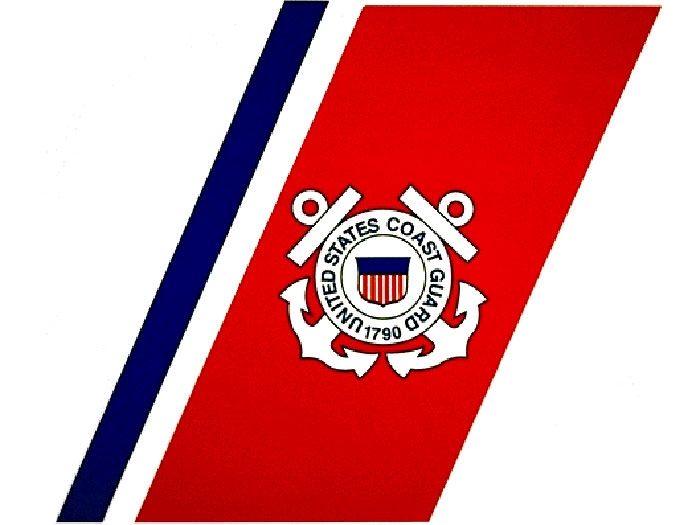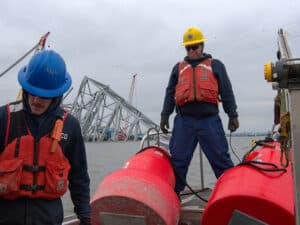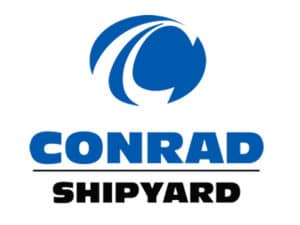
USCG warns of dangers of Suspect and Counterfeit Items
Written by Nick Blenkey
APRIL 7, 2017 — The U.S. Coast has issued a Marine Safety Alert (03-17) warning of the dangers of Suspect and Counterfeit Items (S/CIs) — products represented as meeting specified manufacturing and quality requirements when, in fact, they do not..
During a recent investigation of a ferry propulsion failure, Coast Guard investigators discovered evidence of falsely identified fasteners being used as part of the drive train system. Several installed bolt heads separated from their shanks and, as a result, a splined hub coupling loosened and disconnected from the reduction gear / transmission.
This then overstressed the stern tube seal, allowing water to leak into the engine room. Bolt heads generally include markings that indicate grade and manufacturer. The grade is associated with a bolt’s mechanical properties and composition. In this instance one fastener was marked with a manufacturer listed on the Department of Energy’s Suspect / Counterfeit Part Headmark List and not listed in the Department of Commerce’s Fastener Quality Act Register of Active Fastener Insignias.
Suspect / Counterfeit Items (S/CIs) are products represented as meeting specified manufacturing and quality requirements when, in fact, they do not. S/CIs have been a known problem to industry and the government since the early 1980s. This concern initially focused on fasteners and over time has been expanded to include many items, both electrical and mechanical. The Coast Guard is routinely made aware of various types of counterfeit equipment and products in the marine industry. Oftentimes, such items are lifesaving products and fire-fighting equipment, which represent an extreme hazard. S/CIs can cause:
- marine casualties causing extensive damage to equipment, vessels and the environment;
- unsafe conditions that put people at risk of injury or death; and
- delays that impact vessel schedules and create additional operating costs.
In some industries, falsified purchasing or identifying documentation has misled purchasers into accepting S/CIs that do not conform to specified requirements. Types of misrepresentation in documentation include:
- product sources (counterfeits);
- product records;
- markings as to class, type, or grade;
- labeling as to qualification or acceptance by testing / certifying organizations; and
- used products misrepresented as new products.
The Coast Guard strongly recommends that all vessel owners, operators, and technical personnel maintain awareness of S/CIs and implement policies and procedures aimed at identifying them.





Leave a Reply
You must be logged in to post a comment.